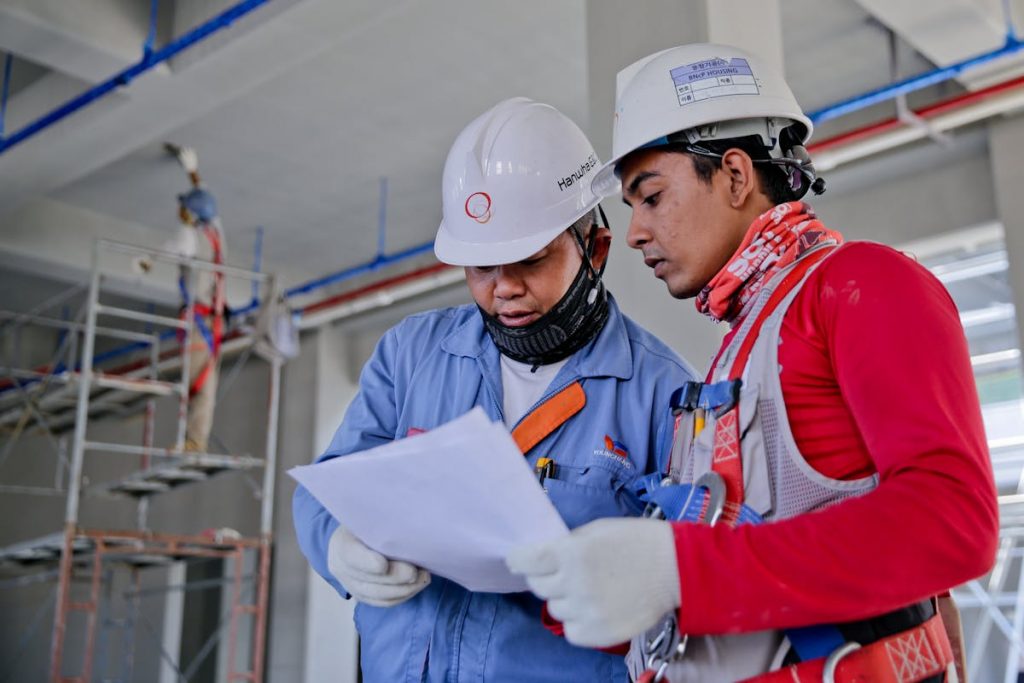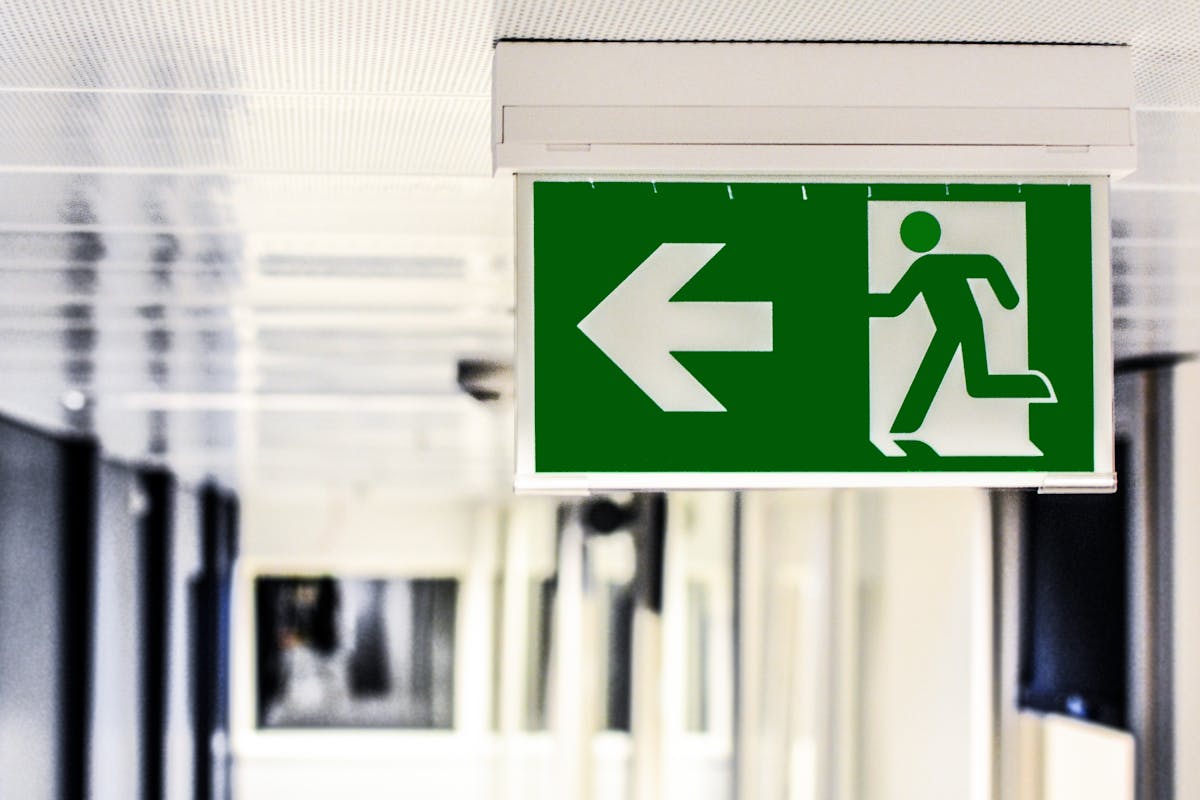- Regular maintenance checks mitigate against accidents by addressing wear, infrastructural issues, and machinery malfunctions.
- Employee safety can be enhanced with continuous training in the safe operation of machinery and emergency protocols.
- Effective hazard communication through signage and staff involvement prevents accidents by raising awareness of potential dangers.
- Creating an emergency response team and practicing drills ensures quick and efficient action when real emergencies occur.
- Conducting regular safety audits with independent auditors helps identify unnoticed potential safety violations and drive improvements.
There are few things as catastrophic to a business’s operations and reputation as an accident within the confines of its commercial space. Not only do they pose a significant threat to the well-being of anyone involved, but they can also result in significant financial burdens and disruptions. For business owners, ensuring the utmost safety within their establishments isn’t just a legal requirement; it’s a moral and operational imperative.
This piece is for every business owner who understands that the safety of their customers, employees, and assets is paramount. Whether you operate a bustling restaurant, warehouse, or serene office space, the following tips are your best practices to secure your commercial space from the unexpected.
Tip 1: Regular Maintenance Checks
No commercial space is immune to the wear and tear of daily business operations. Regular maintenance checks are your preemptive strikes against machinery malfunctions and infrastructure issues that can lead to accidents.
A Structured Approach
Adopt a formal approach to maintenance. Schedule regular inspections for machinery, electrical systems, and building structures. Keep detailed records of inspections, repairs, and any issues reported by staff.
Equip Your Team
Train your staff to identify and report potential maintenance issues as they arise. Encourage a culture of shared responsibility for the space’s safety.
Budget Wisely
Allocate a portion of your operational budget to maintenance. It’s an investment in the long-term safety and success of your enterprise.
Tip 2: Employee Training Programs
Your employees are on the front lines of your commercial space every day, and their awareness and preparedness can make or break your safety record.
Build a Team of Safety Advocates
Appoint or employ a safety officer who is well-trained in OSHA guidelines and can spearhead safety efforts across all departments. If possible, have a designated safety team that meets regularly to discuss potential hazards and brainstorm solutions.
Consistent Training
Regularly update and conduct training programs. These should cover the safe operation of tools and machinery, proper lifting techniques, and emergency response protocols.
Develop Clear Guidelines
Prepare and distribute manuals and guidelines that articulate safety procedures and the consequences of bypassing them. You can also post these guidelines around the workspace as reminders.

Tip 3: Clear Signage and Hazard Communication
Human error is often the leading cause of accidents. Clear signage and communication will help reduce such errors by keeping everyone informed about potential hazards.
Use Universal Symbols and Languages
Ensure that your signage uses internationally recognized symbols for hazardous conditions and activities. For example, the “slippery floor” sign should be accompanied by a Spanish translation if your employees speak it.
Keep Signs Visible and Updated
Regularly check to ensure all signs are visible, correctly placed, and updated as needed. This is especially important in high-risk areas such as kitchens or warehouses where conditions can change frequently. Additionally, parking lots should be clearly marked to prevent accidents involving vehicles. A parking lot striping service can help keep your markings and signs in top condition.
Be Proactive
Don’t wait for an accident to happen before installing signs. Identify potential hazards through risk assessments and implement appropriate warning systems. You can also involve employees in identifying potential hazards and solutions, making them feel more invested in the safety of their workplace.
Encourage Communication
Create channels for staff to offer suggestions for improving safety and to report any issues or concerns they encounter. Open communication can help identify potential hazards before they become accidents.
Tip 4: Emergency Preparedness
No one likes to think about emergencies, but failing to prepare is preparing to fail. Swift and decisive action during a crisis can minimize damage and prevent further harm.
Develop an Emergency Response Team
Create a team of employees trained to manage various emergency scenarios—from medical incidents to fires. This team should have designated roles, such as first aid provider or evacuation coordinator.
Conduct Mock Drills
Regularly practice emergency response drills to ensure your team is familiar with procedures and can respond quickly and efficiently in a real crisis. These drills should also involve all employees to keep them updated and prepared.
Invest in Safety Equipment
From first aid kits to fire extinguishers, make sure you have the necessary safety equipment on hand and train your employees on how to use it correctly. Also, ensure that all equipment is regularly inspected and maintained.
Tip 5: Regular Safety Audits
Safety is a dynamic condition that requires constant monitoring and adjustments. Periodic audits will help you keep pace with these ever-changing safety needs.
Independent Auditors
Consider bringing in third-party auditors who can spot potential safety violations that may have gone unnoticed by your team.
Document and Develop
Keep records of any violations found. Use these audits as learning opportunities to hone your safety protocols further.
Celebrate Success
If an audit finds no safety breaches, celebrate the achievement with your team and use it as positive reinforcement for your safety culture.
There is no room for complacency when fostering safety within your commercial space. A single accident can undo years of hard work and dedication to your business. Your ethical and operational duty is to create an environment where safety is embedded into the fabric of your daily operations. By embracing these five tips, you protect the people and properties that make your business and enhance its reputation and profitability. Remember, an ounce of prevention is worth a pound of cure, and in the world of commercial safety, that “cure” may well be unattainable if an accident strikes.

